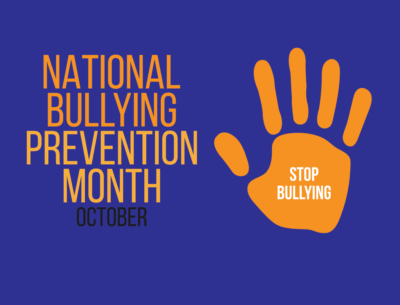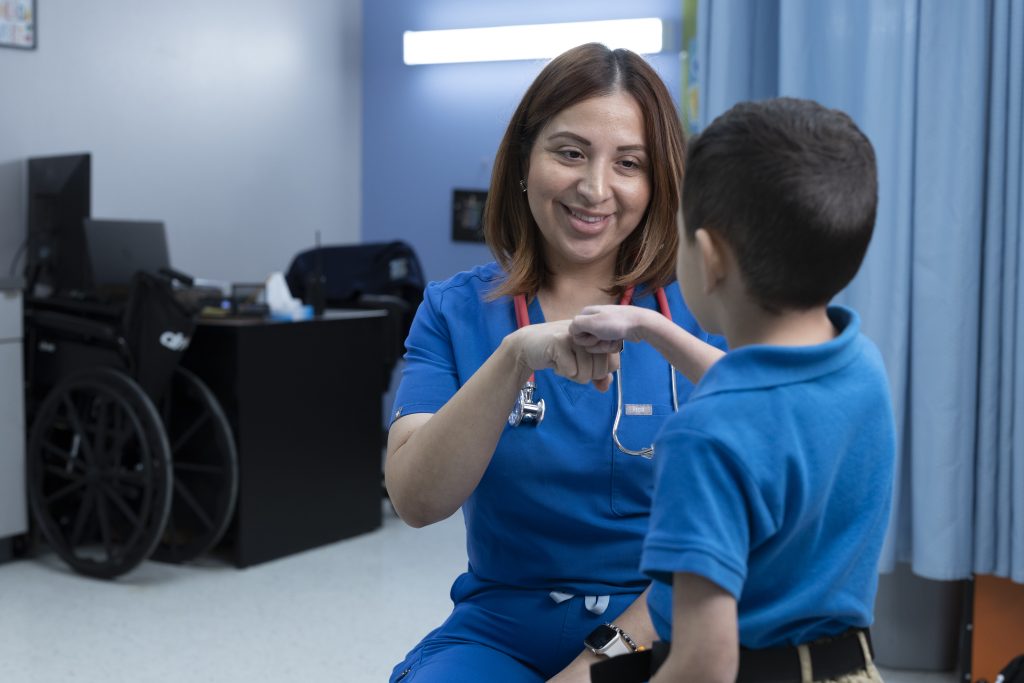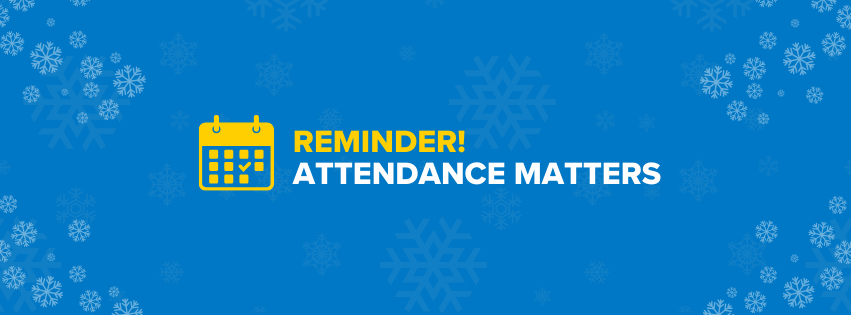October is National Bullying Prevention Month, a time to increase awareness and education around bullying. In 2006, National Bullying Prevention Month was founded to help prevent childhood bullying and promote kindness, acceptance and inclusion. This month-long event serves to help prevent childhood bullying and promote kindness, acceptance and inclusion.
At IDEA Public Schools, we want to create a safe and supportive learning environment for all students. We are deeply committed to reducing and preventing bullying and cyberbullying inside and outside of our classrooms and creating a more diverse, equitable, and inclusive community for all students.
Students across the district have been learning about bullying prevention through presentations and workshops, interactive activities, and creative projects. IDEA is also a proud partner of Move This World and engages students in productive and supportive conversations about bullying at school and at home.
To help our families learn more, we gathered resources for parents, families, and students to empower themselves with the tools and communities put in place to support victims of bullying and educate families to learn the warning signs.
What is bullying? Bullying is an unwanted behavior by another individual or group of individuals that involves an observed or perceived power imbalance and is repeated multiple times or is highly likely to be repeated. Bullying may harm or distress the targeted individual, including physical, psychological, social, or educational harm. Cyberbullying or cyberharassment is a form of online bullying or harassment using electronic means. Bullying can also be defined as one who is intentionally seeking to harm or intimidate someone.
There are three types of bullying: physical bullying, verbal bullying, and social bullying. Verbal or emotional bullying examples include teasing or intentionally excluding someone from a group.
Bullying can happen to anyone. That’s why it is important to know and identify signs of someone bullying or being bullied.
A person who is bullied in a school setting may display the following behaviors:
- Frequent injuries
- Lost or destroyed clothing, books, electronics, or jewelry
- Frequent illness or faking illness
- Changes in eating habits, like suddenly skipping meals or binge eating. Kids may come home from school hungry because they did not eat lunch
- Declining grades, loss of interest in schoolwork, or not wanting to go to school
- Sudden loss of friends or avoidance of social situations
- Feelings of helplessness or decreased self-esteem
- Self-destructive behaviors such as running away from home, harming themselves, or talking about suicide
While it is important to identify a person being bullied, it is just as important to identify a bully. A person who is a bully may display the following behaviors:
- Get into physical or verbal fights
- Are increasingly aggressive
- Get sent to the principal’s office or detention frequently
- Have unexplained extra money or new belongings
- Blame others for their problems
- Don’t accept responsibility for their actions
Bullying and being bullied can both be an outcry for help. A bully may be experiencing abuse, lack of friends, difficulties learning, or family dynamics issues themselves, whereas a person being bullied may lose self-esteem, experience anxiety and depression, thoughts of self-harm, and/or suicidal ideations.
What Parents Can Do
Parents can also play an important role in identifying and helping stop bullying or cyberbullying. It is important that parents are informed about the different types of bullying (listed above) and keep in constant communication with their child about how they are feeling and what they are experiencing in school. Parents can serve as role models of kindness, create safe spaces to talk with their child about bullying and mental health and implement different ways to build up self-esteem.
If you think your child is being bullied or bullying others in school, please reach out to your campus leaders, academic counselor or social worker right away! Learn how to access home resources to Move This World and check out additional resources below.
Helpful Resources for Families
Move This World – Online Safety Tips
Bullying & Cyberbullying Toolkit
Electronic Aggression Tip Sheet
Crime Stoppers Bullying Prevention
PACER’s National Bullying Prevention Center
Protecting Children’s Privacy Online – A Guide for Parents, Carers and Educators









